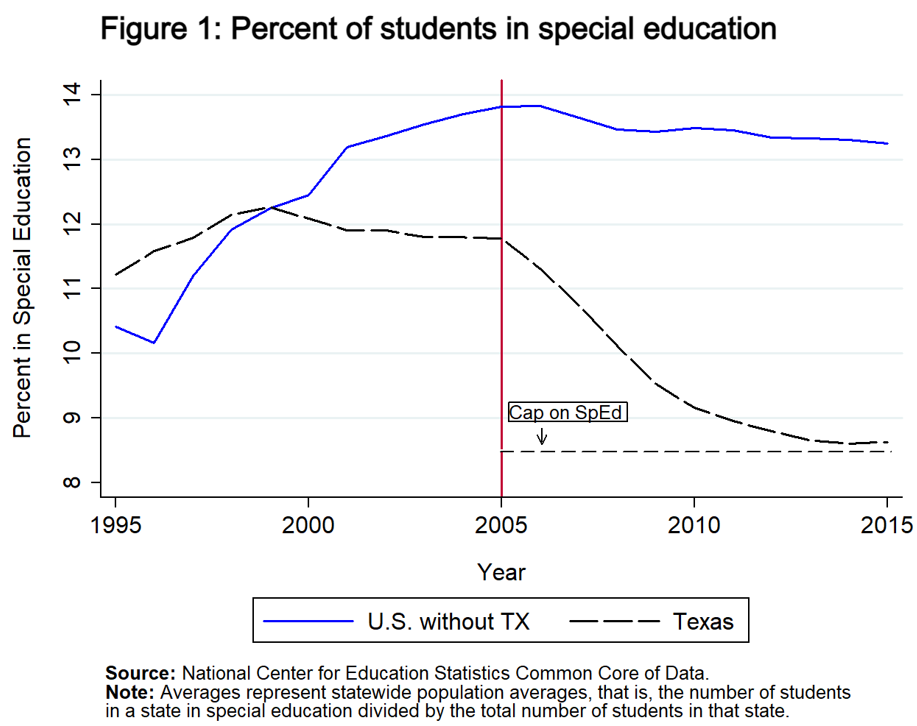 President Harry Truman famously opined that incoming president Dwight Eisenhower, a former five-star general, would have a rough go of things.
President Harry Truman famously opined that incoming president Dwight Eisenhower, a former five-star general, would have a rough go of things.
Observed Truman: “He’ll sit here, and he’ll say, ‘Do this! Do that!’ And nothing will happen. Poor Ike—it won’t be a bit like the Army. He’ll find it very frustrating.”
State lawmakers attempting to boss around a vast sprawling field of public schools in their state bring this remark to mind.
I thought we had hit peak utopianism with No Child Left Behind legislation’s goal of 100% student proficiency by 2014, but then the Common Core project came along and instructed otherwise. Neither project ended well, and since 2009, American academic achievement has been in decline.
If lawmakers are on their A-game, they can create incentives and constituencies for improvement, but apparently the failings of the central planning strategy must be continually relearned. State lawmakers have a hard time commanding public school staffs to do things they aren’t keen on doing. Enforcement mechanisms are in short supply, and in the end, the door to the classroom closes and the teachers decide how to spend class time.
Things might be different, however, if officials in the capitol attempt to compel school personnel to do things they were kind of inclined to do, like when the Texas Education Agency covertly created incentives for public schools to provide fewer special education services. You can’t find evidence of creative or passive resistance evident in this new chart on the Texas cap from the Brookings Institute. Instead, we see rapid compliance:

Brookings has a new study on the Texas special education cap that features this chart. Without public hearings or legal authority, the Texas Education Agency created an entirely arbitrary cap of 8.5% of students in local education agencies (districts or charters) who should receive special education services. If your Local Education Agency served more than 8.5% of students (both the national and the Texas averages were much higher) the Texas Education Agency would audit and otherwise harass you to move you into compliance.
The agency separately created a covert standard on disportionality in special education rates between White and Black/Hispanic students.
Two things are horrible about the above chart. First off is the fact that this misbegotten policy ever existed in the first place, but second is how quickly compliance occurred.
While it is worth noting that some Texas local education agencies did provide more than 8.5% of students special education services, the statewide average for all public schools moved exactly to 8.5% before the Houston Chronicle wrote an expose exposing the practice in 2016.
The Brookings scholars tracked long term outcomes across student groups.
We find that, for students already in SE before the policy went into effect, the likelihood of SE (editor note: special education) removal increased by 13% as a result of capping overall SE enrollment. These reductions in SE access generated significant declines in educational attainment for previously classified SE students, who were 2.7% less likely to complete high school and 3.6% less likely to enroll in college. Lower-income students experienced even larger decreases in high school completion and college enrollment.
Texas schools stopped providing special education services to students at an accelerated rate, they then dropped out of school at a higher rate, and enrolled in college at a lower rate. Now for an entirely different type of horror, consider the second major finding of the study:
Black SE students more intensely affected by the Black disproportionality cap, we find increases in the likelihood of completing high school by 2% and enrolling in college by 4.6%.
Texas kicked Black students out of special education only to observe their high school graduation and college enrollment rates improve. If we are going to go with Occam’s Razor, it seems very likely that a great many of those students never should have been labelled in the first place. Which doesn’t speak well of our system of identifying students for special education services.
I would like to thank Florida’s former Sen. John McKay for pioneering the concept of a choice program for students with disabilities. The latest edition of the American Federation for Children’s guidebook listed 21 states with choice programs for children with disabilities, and new legislation passed this year.
Students in these states have not been entirely left to the tender loving care of a bureaucracy. Parents have options outside the public school system to see to the needs of their children. This is a fundamentally humane policy, and it should be employed everywhere – Texas more than anywhere else.
The central concept of federal special education law is to provide an “Individual Education Plan” for students with disabilities. This is, however, often hollow, and in the case of Texas, authorities charged with carrying out this charge instead covertly executed a plan to deny services.
The best Individual Education Plan is one in which you get to decide who provides services to your child. The worst sort of plans depend entirely upon what a bureaucratic system decides to give you.


